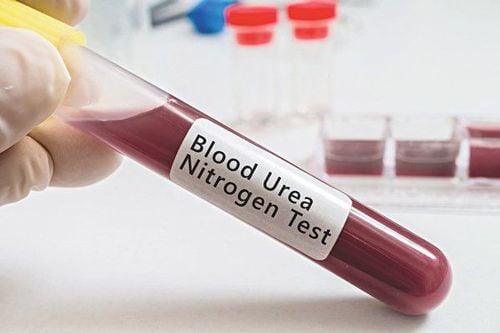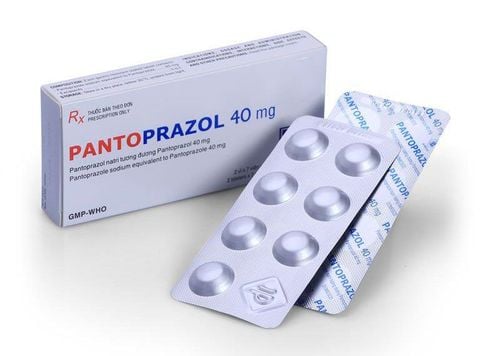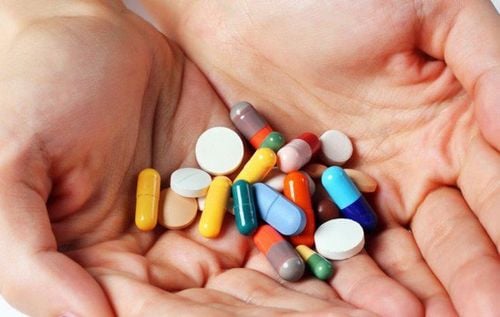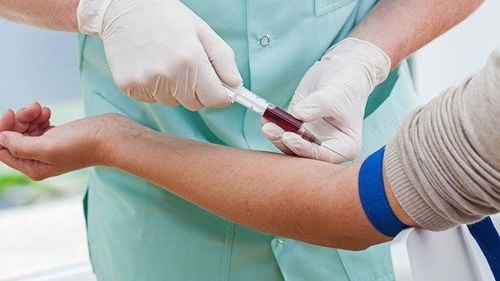This is an automatically translated article.
Quantitative blood urea and urine urea tests are one of the important tests, often indicated to diagnose pathology. There are many ways to measure blood urea, each of which can give different results. Therefore, when diagnosing the disease, it is necessary to compare the test results with the index of the machine, do not compare the results of two other machines.
1. What is the determination of urea in urine and blood?
Urea is the end product of protein metabolism in the body. Urea is excreted by the kidneys through the urine. Part of the urea is eliminated through the gastrointestinal tract. Urea is synthesized in the liver and plays an important role in nitrogen metabolism. The main source of urea is from the body's protein degradation process.
Therefore, urine and blood urea quantification tests are often indicated to evaluate liver and kidney function and some other diseases. The higher the blood urea nitrogen, the worse the kidney function.
2. What is the normal amount of urea in urine and blood?
Normal blood urea: 3.3 - 8.3 mmol/l. Normal urine urea value: 166 - 581 mmol/24 hours. Urea values in the above range indicate that kidney function is considered normal. If blood urea and urine urea are above the upper limit, it means that there is a problem with kidney function. Blood urea nitrogen can be changed by diet. If the diet is high in protein, blood urea will increase.

Trị số ure máu bình thường: 3,3 – 8,3 mmol/l
3. Blood urea and urine urea increased and decreased, warning of what disease?
Blood urea and urine urea increased, warning of cases:
High protein diet Urinary tract obstruction, anuria Renal failure Gastrointestinal bleeding Severe infection Increased protein catabolism: High fever, burns, failure Nutritional mercury poisoning ... Urea blood and urine urea decreased in case of:
Low protein diet Nephrotic syndrome Blood thinning Liver failure Liver cirrhosis Syndrome of inappropriate secretion of ADH Women pregnant...

Chỉ số ure máu và ure nước tiểu giảm có thể là cảnh báo của hội chứng suy thận
4. Purpose of quantitative testing of blood urea and urine urea
Test to help assess the patient's anabolic level The test helps to assess kidney function, assess the severity of kidney failure, help determine if the patient needs emergency dialysis. choose the right drug, used when the patient is forced to take drugs with a risk of kidney toxicity. Patients with renal failure will perform tests that will help diagnose schizophrenia: Renal failure of prerenal origin or other origin If If there is an increase in blood urea, calculating the ratio of urinary urea concentration / plasma urea concentration will help provide information to determine the origin of kidney failure The test helps to assess the body's metabolic requirements, calculate the need Protein of the body Vinmec International General Hospital is one of the hospitals that not only ensures professional quality with a team of leading doctors and nurses, modern equipment and technology, but also stands out for its outstanding service. comprehensive and professional medical examination, consultation and treatment; civilized, polite, safe and sterile medical examination and treatment space. Customers when choosing to perform tests here can be completely assured of the accuracy of test results.
Customers can directly go to Vinmec Health system nationwide to visit or contact the hotline here for support.
MORE:
How much blood urea is high? What is urea and what role does it play in the body? Hemolytic uremic syndrome: Causes, symptoms, diagnosis and treatment













